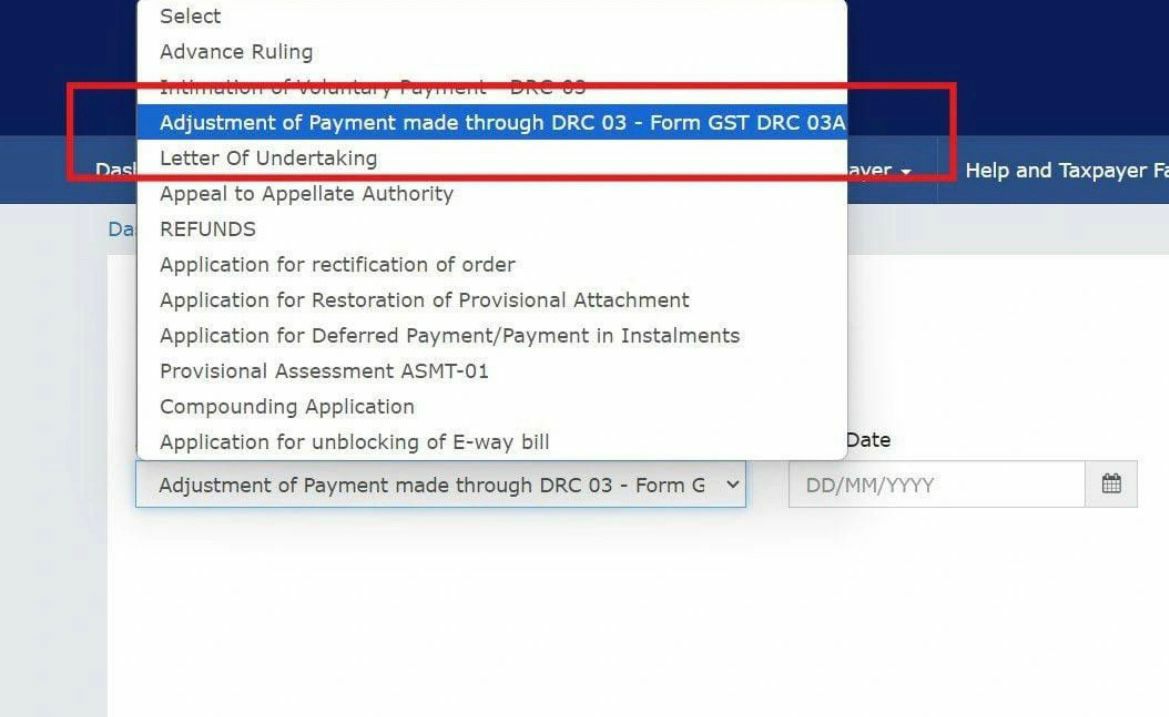Fixed Deposits (FDs) are one of the most popular and secure investment options in India, offering guaranteed returns and capital protection. Many individuals prefer FDs for their simplicity and safety, making them an attractive choice for risk-averse investors.
As per Income Tax Rule 114E, banks are required to report aggregate time deposits, excluding those made by renewing another time deposit, amounting to ten lakh rupees or more in a financial year by an individual. This regulatory measure ensures transparency and compliance in financial transactions, helping the government monitor substantial deposits for tax purposes.
Rule 114E of Income tax Act: Aggregate time deposits, excluding those made by renewing another time deposit, amounting to ten lakh rupees or more in a financial year by an individual.
Also Read List of Specified Financial Transactions as per Income Tax Act 1961
If a Person choose 5 years tax save FD then he can enjoy benefit of Exemption u/s 80 C upto Rs.150000.
What is TDS on Fixed Deposit?
Tax Deducted at Source (TDS) is a mechanism implemented by the Income Tax Department of India to collect taxes at the point of transaction. Under this system, a specified percentage of the payment is deducted by the payer and remitted to the government as tax. TDS applies to various types of payments, including salaries, professional fees, and interest on Fixed Deposits (FDs). The deducted amount is credited to the payee’s income tax account and can be adjusted against their total tax liability when they file their income tax return.
How is TDS Calculated on Fixed Deposit (FD)?
The interest income earned from an FD is fully taxable. When you earn interest on an FD within a year, it is added to your annual income, and your tax slab is determined based on this total income. The interest income from FDs falls under the category of “income from other sources” and is subject to TDS. Here are key points to understand about TDS on FD:
- Taxability of Interest Income: Interest income from FDs is added to your total taxable income and taxed according to your applicable slab rate.
- Threshold for TDS Deduction: If the interest income from all your FDs in a bank is below Rs 40,000 in a year (Rs 50,000 for senior citizens), TDS is not deducted. If it exceeds this limit, TDS at 10% is deducted by the bank.
- Form 15G and 15H: To avoid TDS if your total income is below the taxable limit, you can submit Form 15G (for individuals below 60 years) or Form 15H (for senior citizens) to the bank at the beginning of the financial year.
Exemption Limit for TDS Deduction on an FD
The exemption limits for TDS on FDs depend on the depositor’s age and total taxable income:
- Individuals (Below 60 Years): The TDS exemption limit is Rs 40,000. No TDS is deducted if the interest earned on FDs is below this limit.
- Senior Citizens (60 Years and Above): The TDS exemption limit is Rs 50,000. This higher limit acknowledges the financial needs of senior citizens.
- Individuals with Total Taxable Income Below Rs 2.5 Lakh: Such individuals are completely exempted from TDS on their FDs, provided they submit the appropriate declaration forms.
How to Avail TDS Waiver on an FD?
To avoid TDS deduction on your FD interest, you can submit the following forms to your bank:
- Form 15G: For individuals below 60 years.
- Form 15H: For senior citizens (60 years and above).
These forms declare that your total income is below the taxable threshold, ensuring no TDS is deducted on your FD interest.
Purpose of Form 15G and Form 15H
Forms 15G and 15H are self-declaration forms used to prevent TDS on specific income sources:
- Form 15G: For individuals below 60 years.
- Form 15H: For senior citizens (60 years and above).
These forms are used to declare that the total income is below the taxable limit, thereby preventing TDS deduction on interest income from FDs, RDs, and other sources.
Understanding TDS on FD with Examples
Example 1: Mr. Anand has three FDs in different banks:
- Bank A: Interest income of Rs 50,000 per annum.
- Bank B: Interest income of Rs 30,000 per annum.
- Bank C: Interest income of Rs 20,000 per annum.
Since the interest from Bank A exceeds Rs 40,000, TDS at 10% is deducted only on the interest from Bank A. The interest from Banks B and C is below the threshold, so no TDS is deducted from these accounts.
Example 2: Mr. Anurag has an FD of Rs 10 lakh at 6% interest per annum, earning Rs 60,000 annually. The bank deducts TDS at 10% on the entire Rs 60,000, amounting to Rs 6,000.
Tax Deductions on FDs for Senior Citizens
Senior citizens (60 years and above) enjoy a higher TDS exemption limit of Rs 50,000 under Section 80TTB of the Income Tax Act. This acknowledges their financial circumstances and provides additional relief.
Interest Income Taxation
Interest income from FDs is fully taxable. It should be reported under ‘Income from Other Sources’ in your Income Tax Return (ITR). Banks deduct TDS at the time of crediting interest if it exceeds the threshold limit.
Core Banking Solutions (CBS)
CBS enables banks to provide centralized services. For TDS deduction, the interest credited from all branches of a CBS-enabled bank is aggregated to determine if the total interest exceeds the threshold limit.
Example: Mr. A has three FDs of Rs 2,50,000 each at different branches of XYZ bank with an annual interest of Rs 22,500 per FD. Since the total interest exceeds Rs 40,000, TDS at 10% is deducted.
Tax Payment on Interest Income
Interest income should be added to your total income annually, even if not paid out. This prevents higher tax liability at maturity due to accumulated interest.
Special Considerations for Homemakers
Homemakers investing in FDs must file an income tax return if their total income exceeds the basic exemption limit. They can submit Form 15G or 15H to the bank to avoid TDS if their total income is below the taxable threshold.
Unexplained Income or Cash Credit Rules under the Income Tax Act
The Income Tax Act in India has specific provisions to deal with unexplained income, cash credits, and unexplained investments to curb tax evasion and ensure transparency. These rules are primarily found under Section 68, Section 69, Section 69A, Section 69B, Section 69C, and Section 69D of the Income Tax Act, 1961. These sections empower tax authorities to scrutinize and assess unexplained sums of money and assets that are not properly accounted for by the taxpayer.
Section 68: Cash Credits
Section 68 addresses unexplained cash credits. If any sum is found credited in the books of an assessee’s account, and the assessee cannot satisfactorily explain the nature and source of such income, it is treated as income of the assessee for that financial year.
- Applicability: This section applies to all taxpayers, including individuals, companies, and other entities.
- Burden of Proof: The onus is on the assessee to provide a satisfactory explanation about the nature and source of the credited sum.
- Taxation: Unexplained cash credits are taxed at the maximum marginal rate. (Unexplained cash credits are taxed at flat rate of 60% without providing any benefit of basic exemption limit and irrespective of the tax slab. Surcharge is levied at 25% and a penalty of 6%. The final tax rate comes to 83.25% (including cess))
Section 69: Unexplained Investments
Section 69 deals with investments that are not recorded in the books of account, and the assessee cannot satisfactorily explain the source of such investments.
- Applicability: Applies when investments are found which are not accounted for in the books.
- Burden of Proof: The taxpayer must explain the source of the investment satisfactorily.
- Taxation: Such unexplained investments are taxed as income of the financial year in which the investments are made.
Section 69A: Unexplained Money
Section 69A pertains to money, bullion, jewelry, or other valuable articles found in the possession of the taxpayer that are not recorded in the books of account, and the taxpayer cannot explain the source of acquisition.
- Applicability: Applies to unaccounted money or valuables found in the taxpayer’s possession.
- Burden of Proof: The taxpayer must satisfactorily explain the source.
- Taxation: Unexplained money or valuables are taxed as income of the financial year in which they are found.
Section 69B: Amounts Not Fully Disclosed in Investments
Section 69B addresses situations where the amount expended on making investments or acquiring bullion, jewelry, etc., exceeds the amount recorded in the books of account, and the taxpayer cannot explain the excess.
- Applicability: Applies when the recorded amount is less than the actual amount spent.
- Burden of Proof: The taxpayer must explain the source of the excess amount satisfactorily.
- Taxation: The unexplained excess amount is taxed as income of the financial year in which the investment or acquisition is made.
Section 69C: Unexplained Expenditure
Section 69C pertains to unexplained expenditure, where an assessee incurs expenses, and the source of such expenditure is not satisfactorily explained.
- Applicability: Applies to unaccounted expenditure.
- Burden of Proof: The taxpayer must explain the source of the expenditure.
- Taxation: Unexplained expenditure is treated as income and taxed accordingly.
Section 69D: Amount Borrowed or Repaid on Hundi
Section 69D deals with amounts borrowed or repaid on hundi (a traditional financial instrument), other than through a bank account.
- Applicability: Applies to transactions involving hundis.
- Burden of Proof: The taxpayer must account for such transactions satisfactorily.
- Taxation: Unexplained transactions involving hundis are treated as income and taxed accordingly.
Key Points for Taxpayers
- Maintain Accurate Records: Keeping detailed records and documentation of all financial transactions is crucial to avoid complications under these sections.
- Timely Explanations: Provide satisfactory explanations and evidence for all credits, investments, money, valuables, and expenditures to tax authorities when required.
- Report High-Value Transactions: Be aware of reporting requirements for high-value transactions, such as those exceeding ten lakh rupees in aggregate deposits, to avoid scrutiny.
Visit www.cagurujiclasses.com for practical courses











Firstly dept. Of the tax must bound under the Indian law….just don’t harassed normal citizens of the country
If the bank has deducted TDS on FDs n remitted to Dept n there is penalty reduction in interest on account of pre-closure results in loss of income in that case how to compute interest income if the 26AS /AIS already smhows higher interest /within FYn also incase pre-closure done in next FY.
İnformative article
In the event of non linking of PAN-ADHAAR owing to non issue of Adhaar due to technical reasons as recorded ,inspite of innumerable attempts by a 75+ aged sick lady ,what action left to be taken? In such cases who is accountable? Is it correct to punish such an old and sick citizen? For reasons not in her control? What is the provision or rule or protection she has in such case ? Authority is not coming up other than acknowledge the issue but the problem at the ground she is facing. May I seek suggestions? Advice from anyone?
What panalty for choosing wrong itr form I e for capital gain I have go for itr.2 but capital gain is too small so I filled itr.1 as it is easy to fill online by mobile.